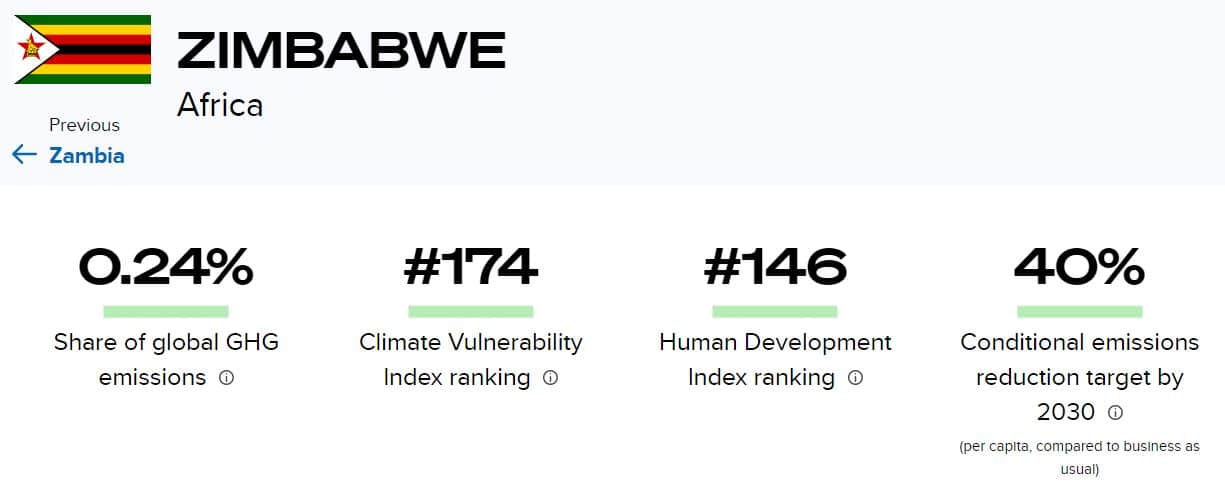Zimbabwe has amended its new carbon law governing carbon credit projects, dropping the initial plan to give 25% of the revenue to local communities to allow developers to keep a greater share of the profits.
Project developers no longer have to give up a quarter of their 70% share of profit as previously mandated. But the Southern African nation will still keep its 30% share and hand it over to state stakeholders.
Attracting the Right Investors
Explaining the big amendment, the environment and climate minister Mangaliso Ndlovu said:
“We are doing this to be competitive in attracting the right investors, as every project is an investment in communities. They will still benefit from the 30% that goes to the government.”
In May, Zimbabwe announced that it will take 50% of total revenue from carbon credit projects operating in the country. This leaves foreign investors limited to 30% while the remaining 20% will go to host communities.
Closely regulating voluntary carbon credit trading will help curb greenwashing and ensure benefits for local communities.
Zimbabwe is the 12th largest carbon offsets producer in the world. It delivered over 4 million carbon credits from various projects in 2022. The nation’s largest project is managed by the South Pole, involving hundreds of thousands hectares of forest in Kariba.
While on the African continent, the country ranks top 3 among carbon credit producers, representing about ⅛ of total production.
Just last month, Zimbabwe said that at least 25% of the developer’s 70% share will go to local authorities. But this time around, the South African government announced that it will let developers take all its profit share.
- The 30% Environmental Levy includes various lines: climate change adaptation and low carbon initiatives, loss and damage relief, local authority levies, admin costs, and the Treasury.
The most recent amendment was welcomed by project developers wanting to take a bigger share of the $2 billion global voluntary carbon credit market. The Zimbabwe Carbon Association, in particular, remarked that the change removes the burden from developers, enabling them to focus on project activities.
With Market-Based Climate Action
However, for some consultants, the amendment represents the failure of the government to have control over its own resources.
One consultant remarked that “the world is moving towards market-based climate action”, and this made Zimbabwe a part of that scenario.
Zimbabwe improved its climate ambition by setting a 40% emissions reduction target by 2030, up from the 33% initial target.

The country has since then adopted the voluntary carbon market scheme rather than opt for a compliance market. Overall, the global carbon market, including both voluntary and compliance, could reach $22 trillion by 2050.
Each credit represents one tonne of CO2 avoided or removed from the atmosphere. The credits are bought and used by companies and other entities looking to offset their carbon emissions.
Under the voluntary mechanism, the government doesn’t have full control of the carbon market. Still, it’s gaining momentum in Africa.
Zambia, the 5th biggest producer of carbon credits in the continent, also has plans to follow Zimbabwe’s scheme.
In July this year, Tanzania revealed that it will be a recipient of more than $20bln carbon credit investment. Meanwhile, Kenya, the region’s largest supplier of carbon credits, is currently regulating its own carbon market.
African governments are taking actions to position themselves strategically in the growing carbon market. They’re developing schemes and making changes to ensure that their carbon projects are catching investors’ eyes for developing climate solutions.
Zimbabwe’s decision to amend its carbon law reflects a shifting landscape in carbon markets. The move underscores the importance of balancing economic interests with environmental and community benefits.

